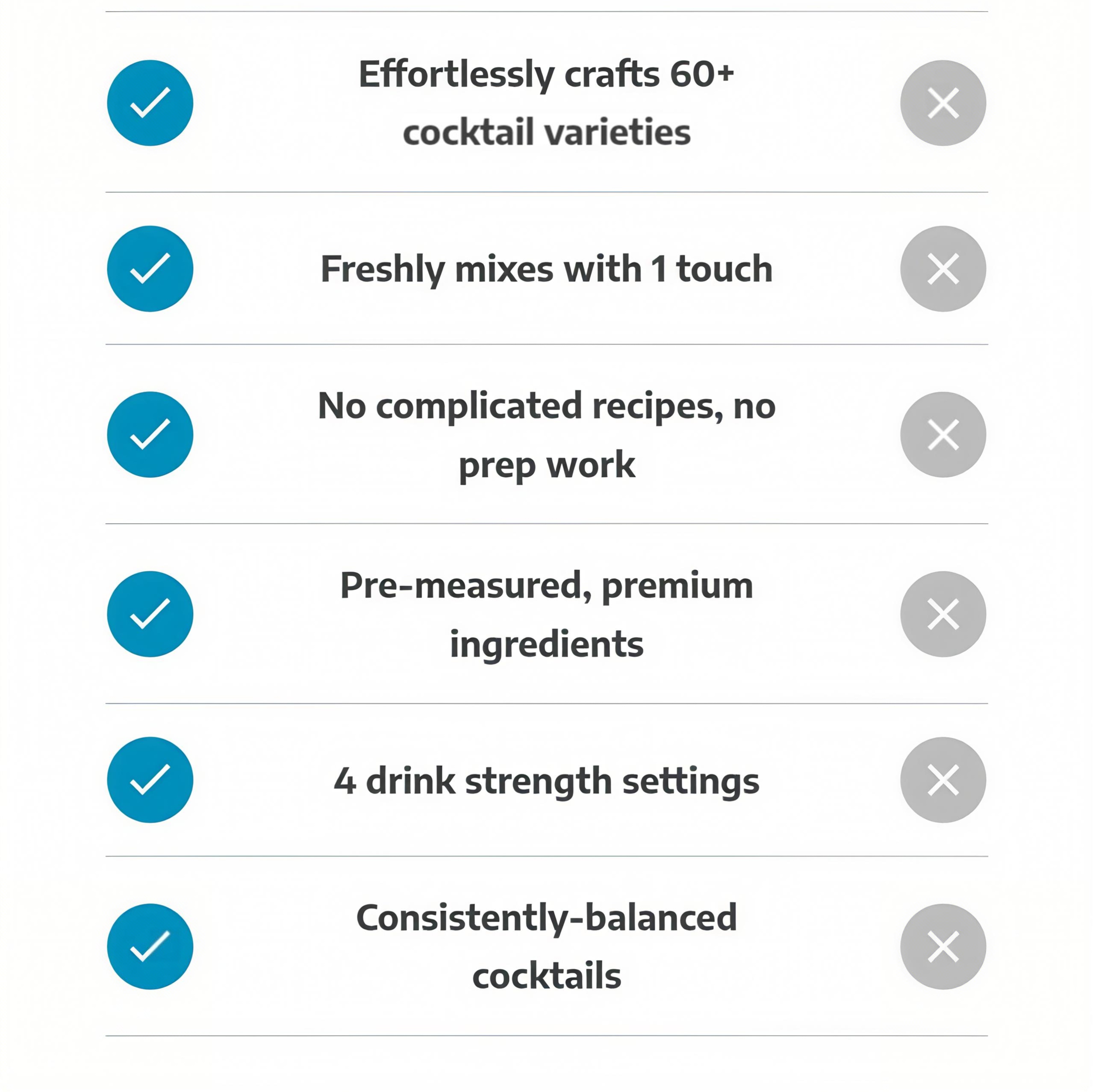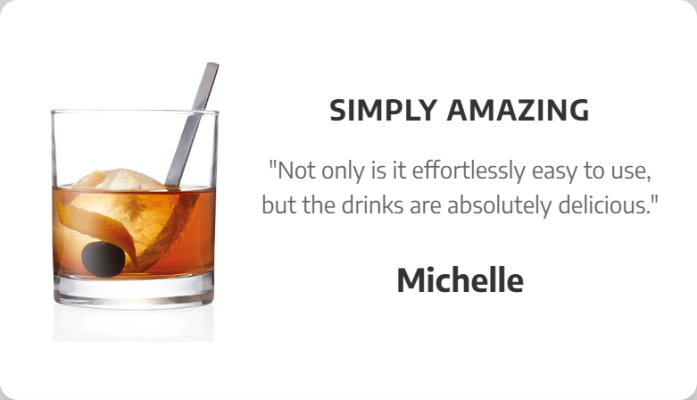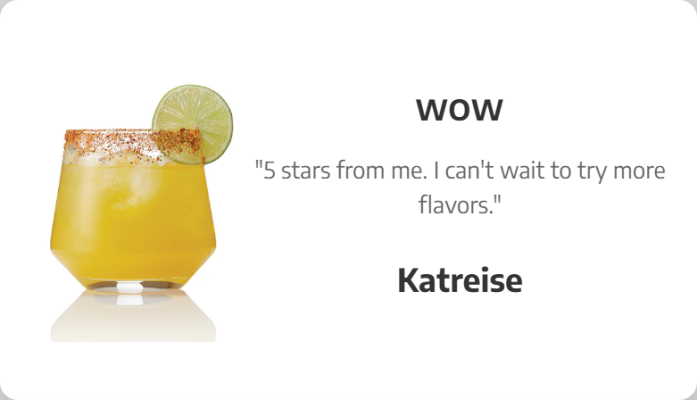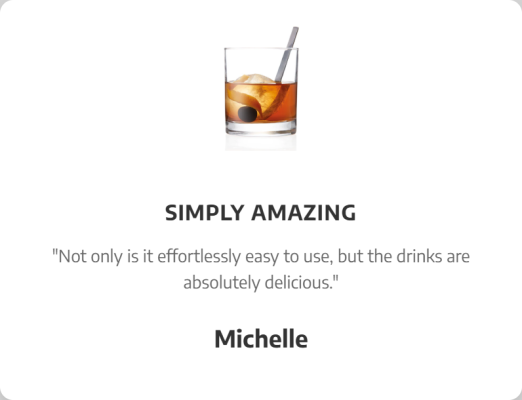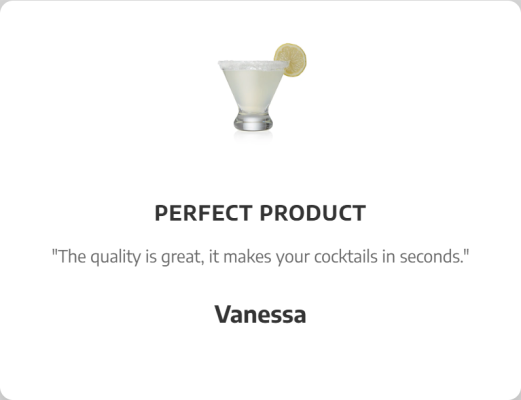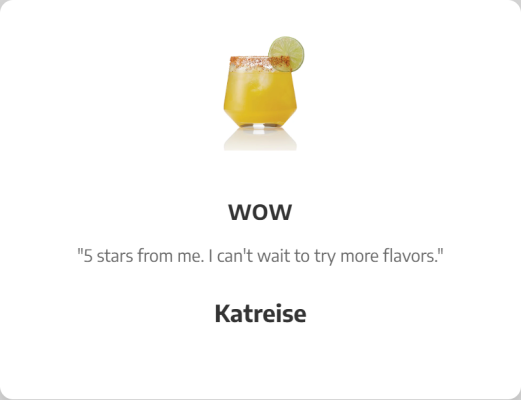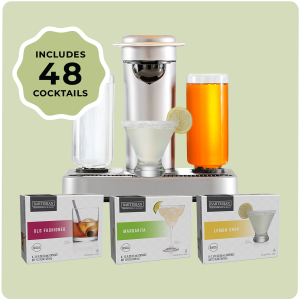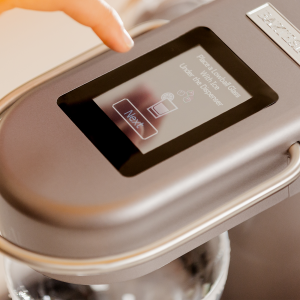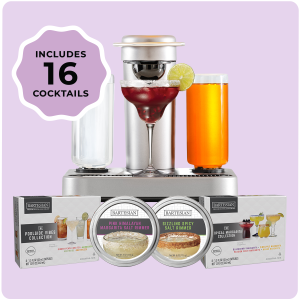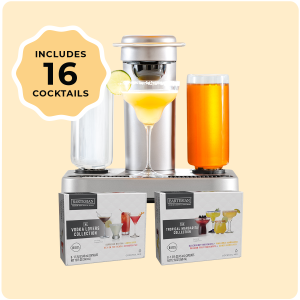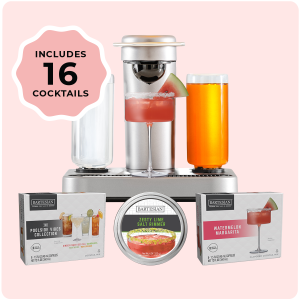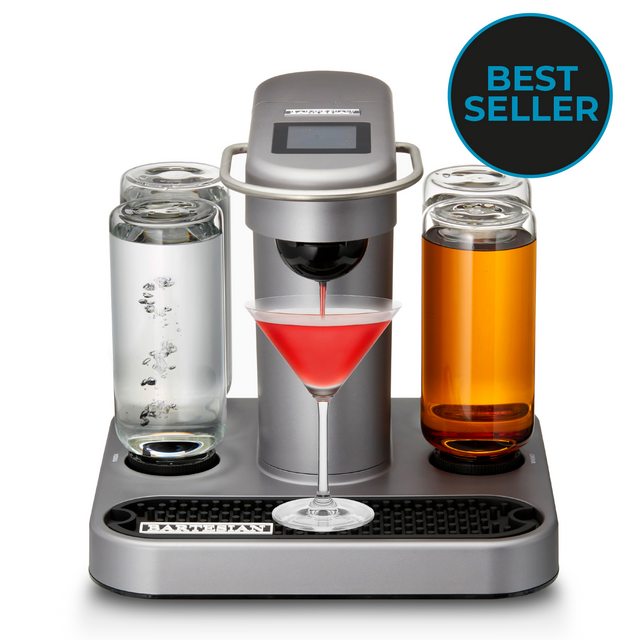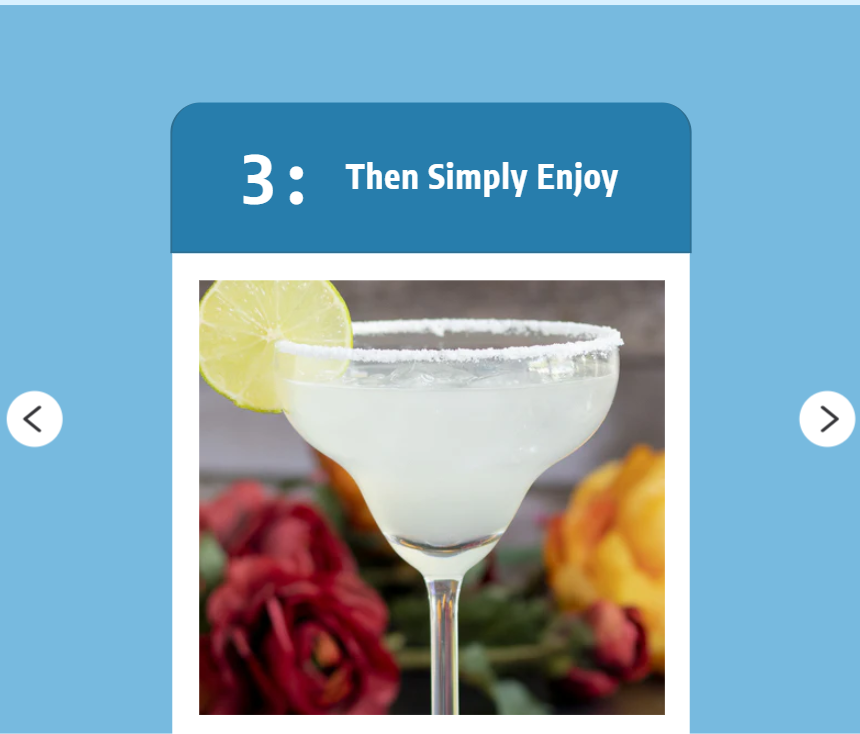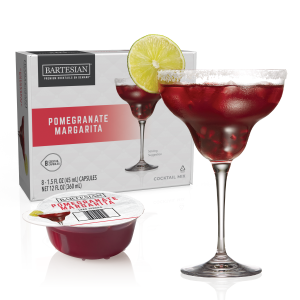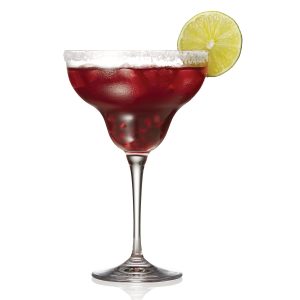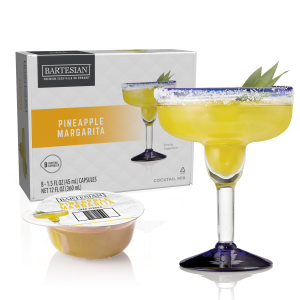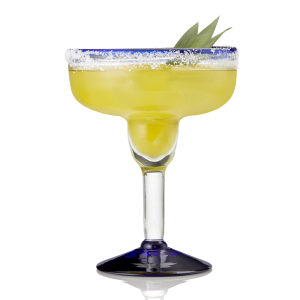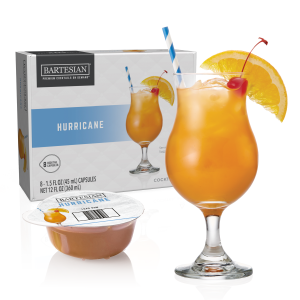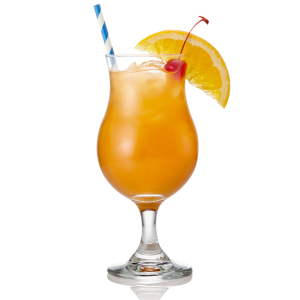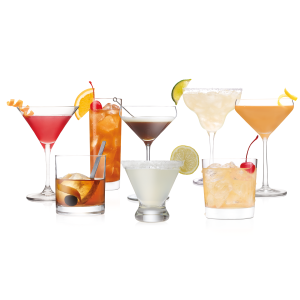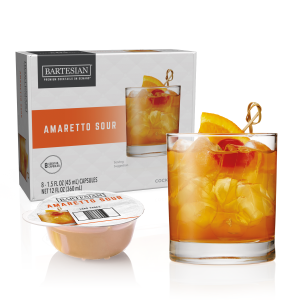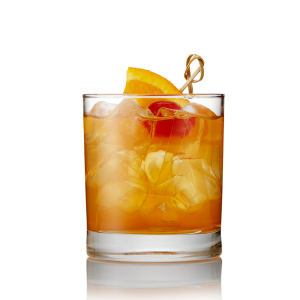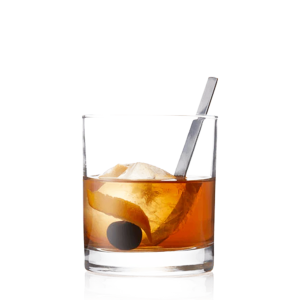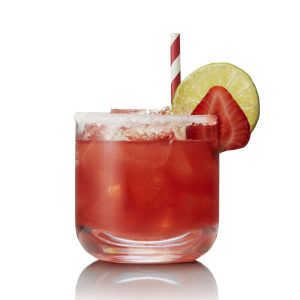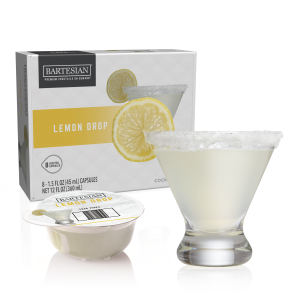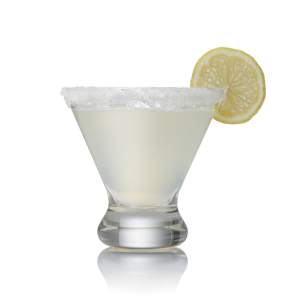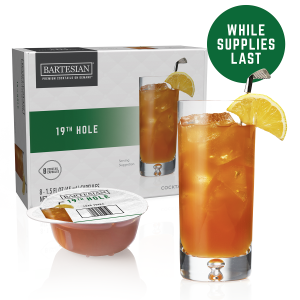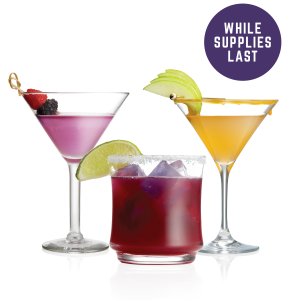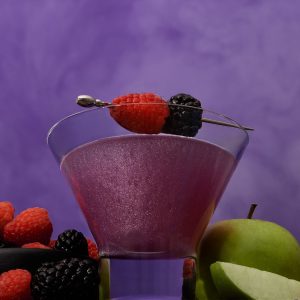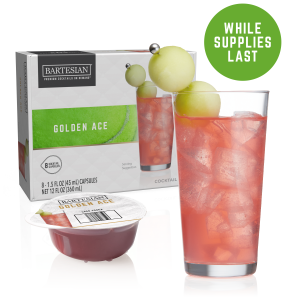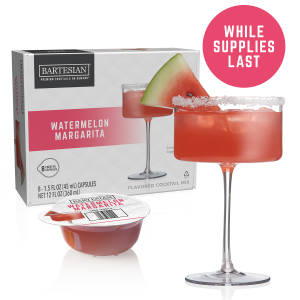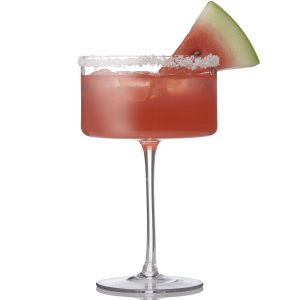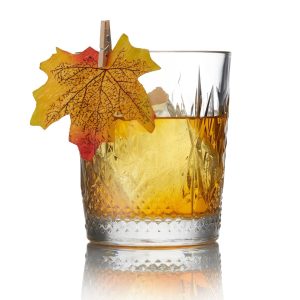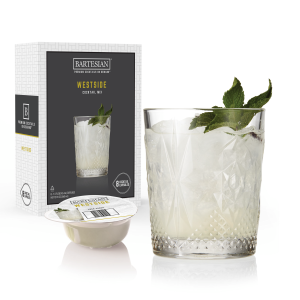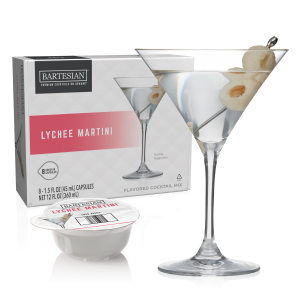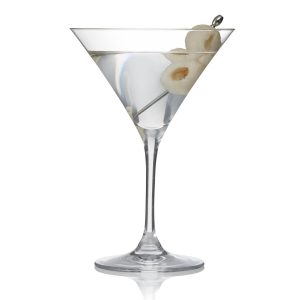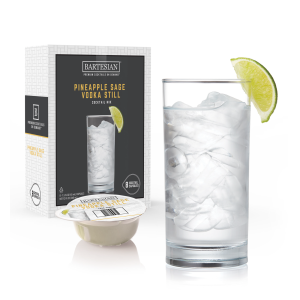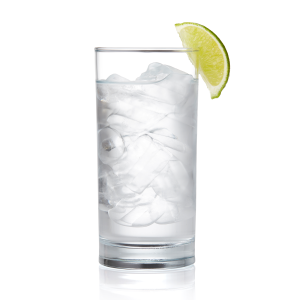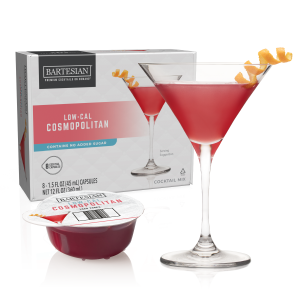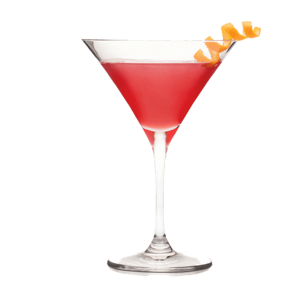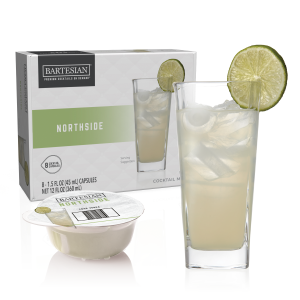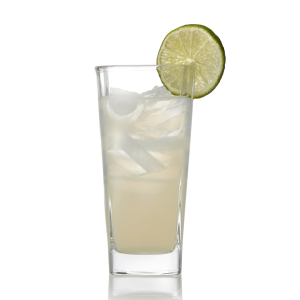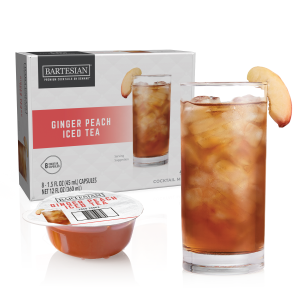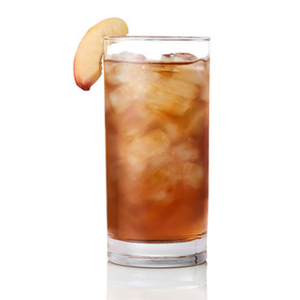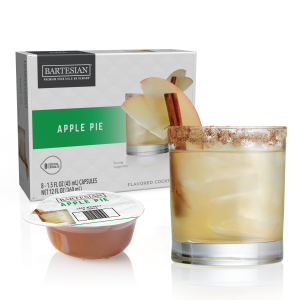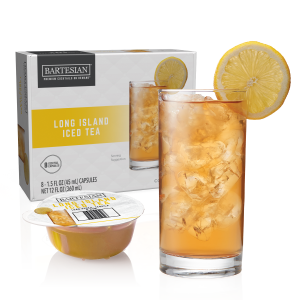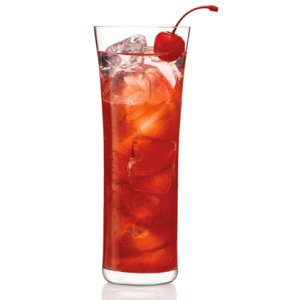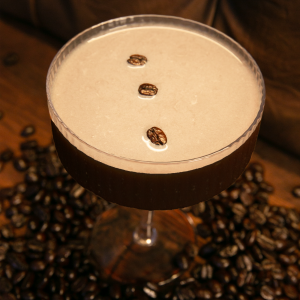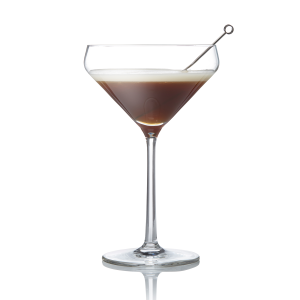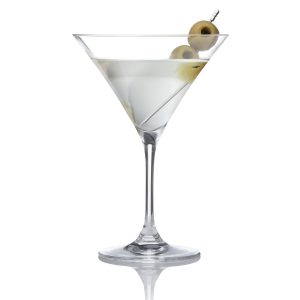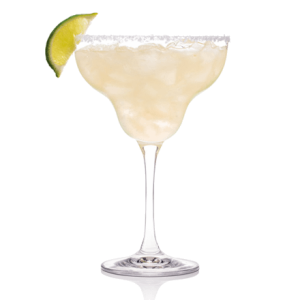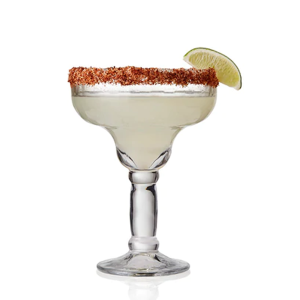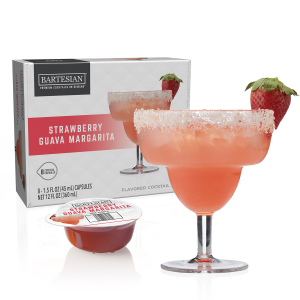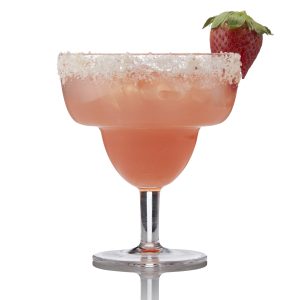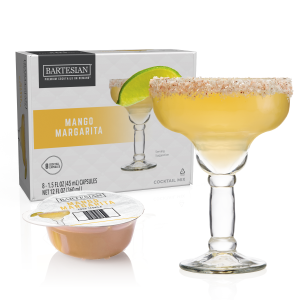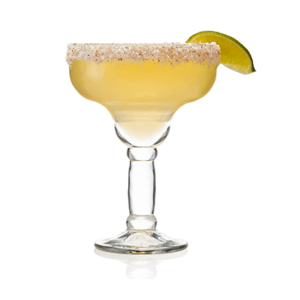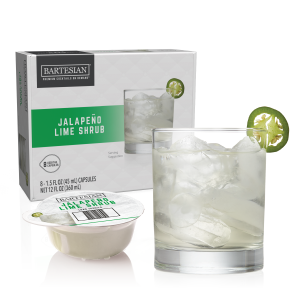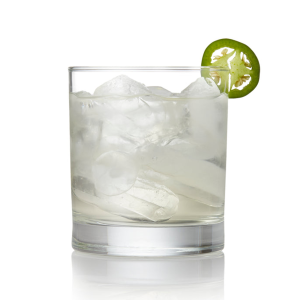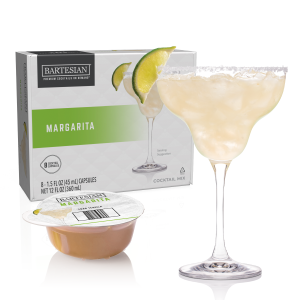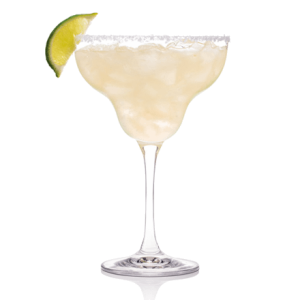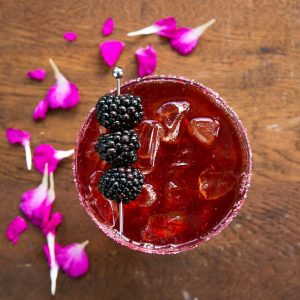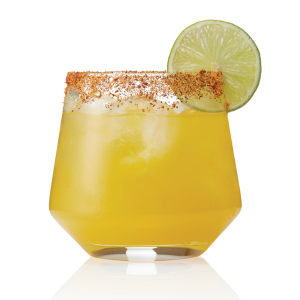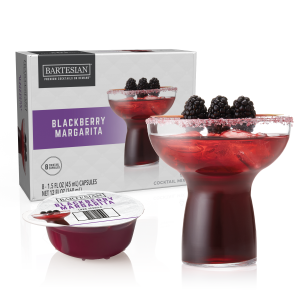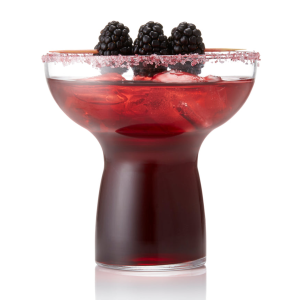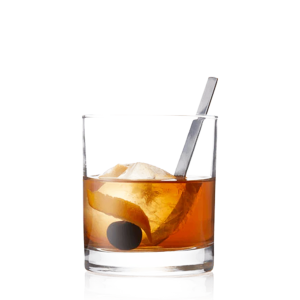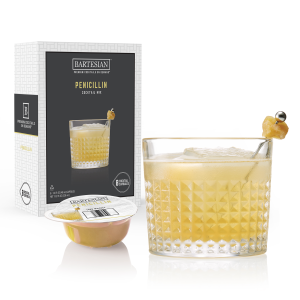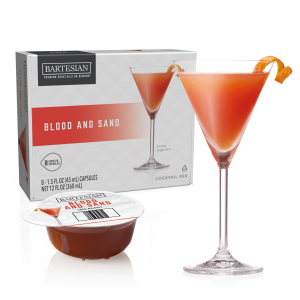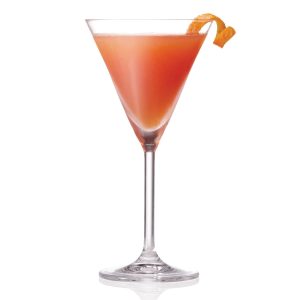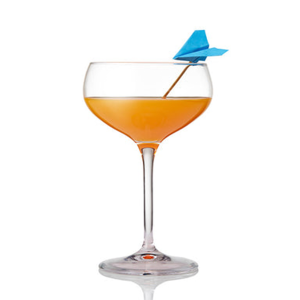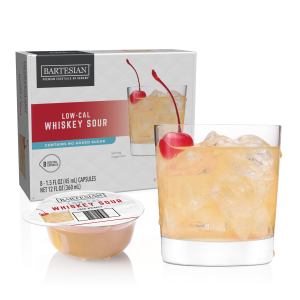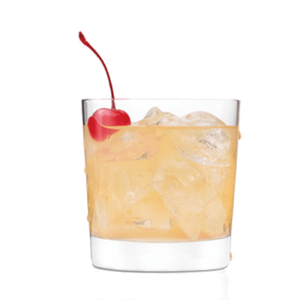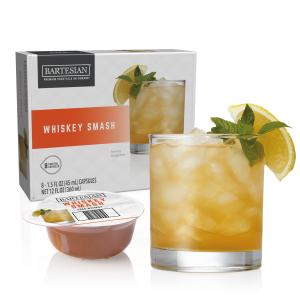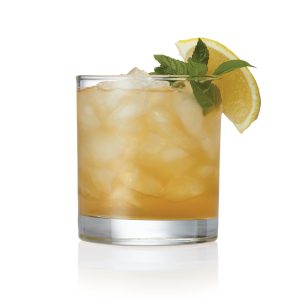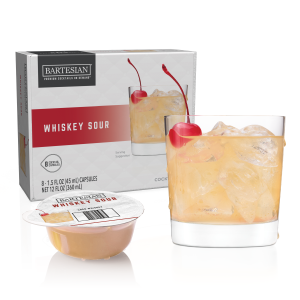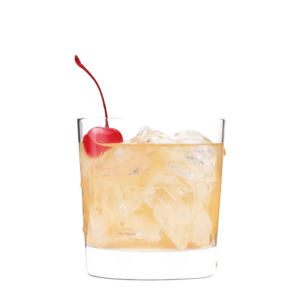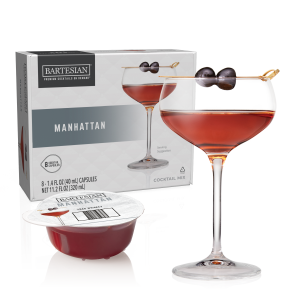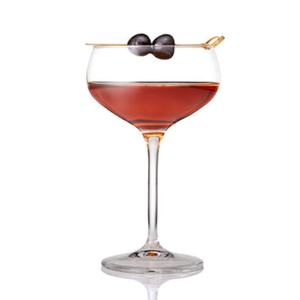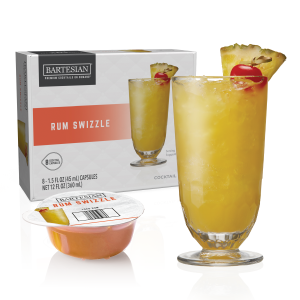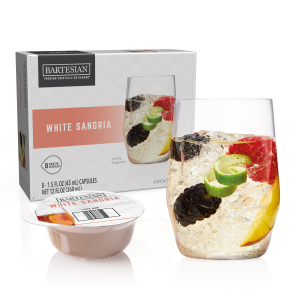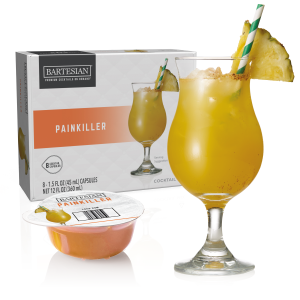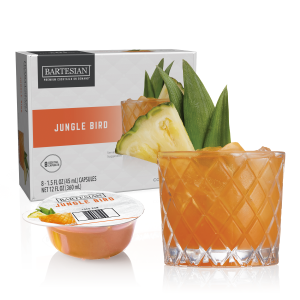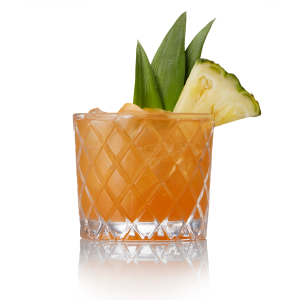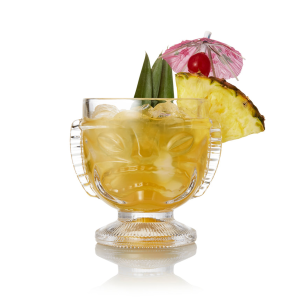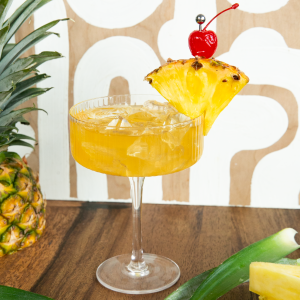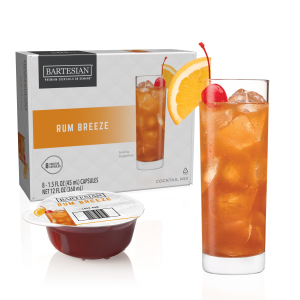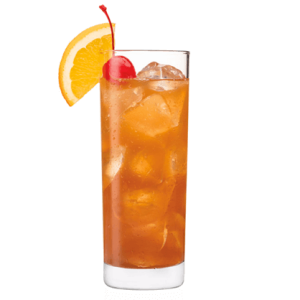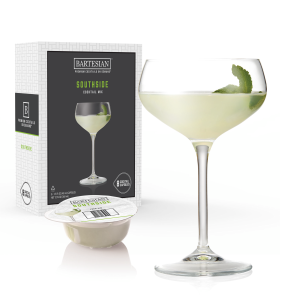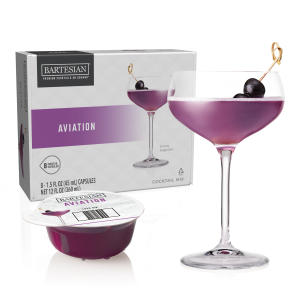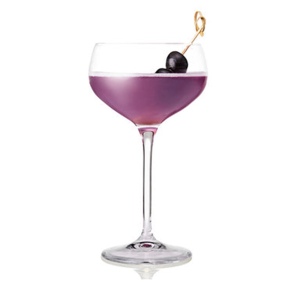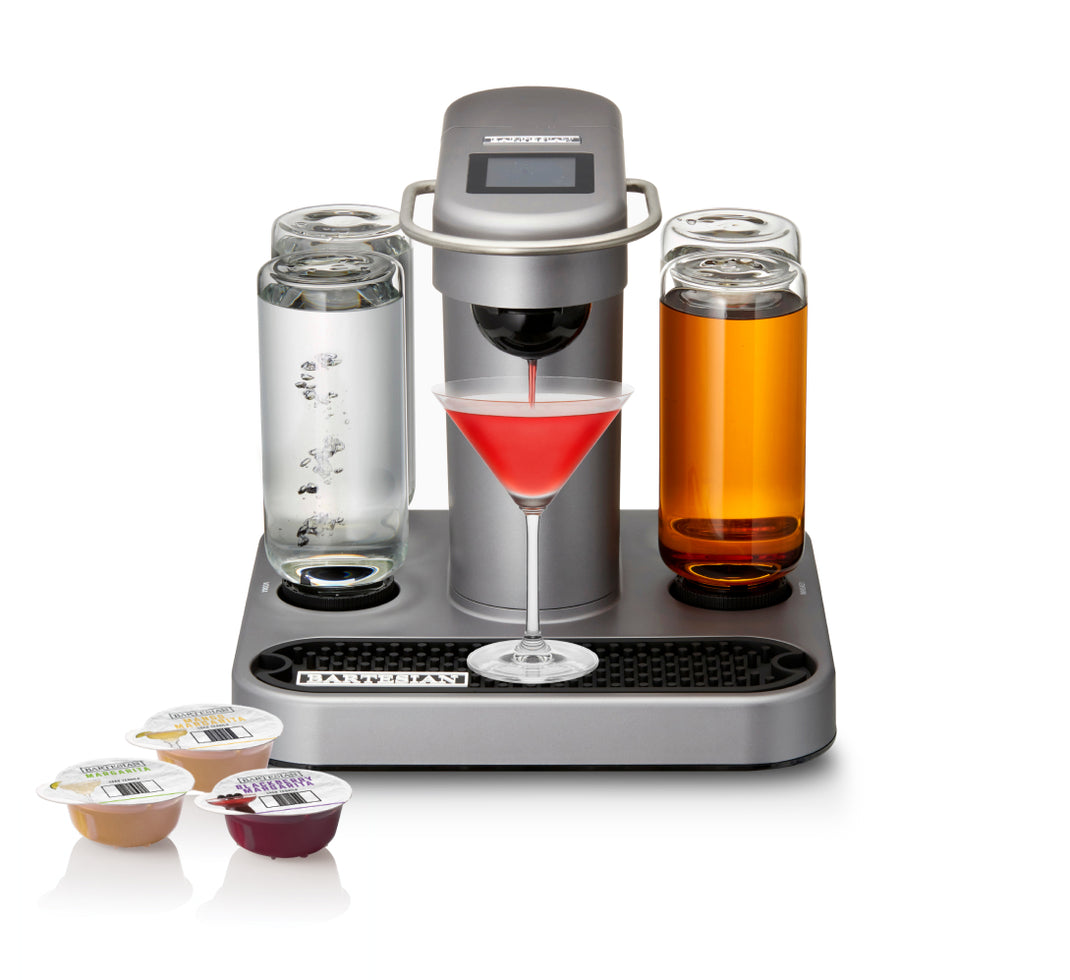32,000+ five star reviews
Cocktails and the Seasons: A Guide to Seasonal Sipping
The best food is often seasonal, and the same is true for cocktails. Just as we crave light salads in the summer and hearty stews in the winter, our palates naturally gravitate toward certain flavors and ingredients depending on the time of year. Crafting seasonal cocktails is a celebration of the ingredients that are at their peak, creating drinks that are perfectly in sync with the mood of the season.
In spring, as the world awakens and fresh produce starts to appear, the flavors become lighter and more floral. Think of cocktails that use fresh herbs like basil, mint, and rosemary. Rhubarb, strawberries, and elderflower are all perfect for this season. A gin cocktail with a touch of elderflower liqueur and a sprig of mint is a perfect representation of spring. The bright, floral notes are a welcome contrast to the darker, heavier flavors of winter.
Summer is all about refreshment and vibrant fruit. This is the time for drinks that are cold, crisp, and easy to drink in the sun. Berry-infused cocktails, bright citrus drinks, and tropical flavors are all perfect. A classic Mojito with fresh muddled mint and lime is the epitome of a summer drink. A simple spritz with a bit of bubbly wine and a slice of orange is also a perfect choice. The key here is to use fresh, ripe fruit and plenty of ice to keep things cool and invigorating.
When autumn arrives and the air turns crisp, our tastes shift to warmer, spicier, and more complex flavors. This is the season for whiskey, spiced rum, and rich liqueurs. Think of drinks with notes of apple, pear, cinnamon, and ginger. A warm, spiced apple cider cocktail with a dash of bourbon is a perfect way to celebrate the season. Or, try a classic Old Fashioned, which feels right at home on a chilly evening. The flavors of autumn are comforting and rich, perfect for sipping slowly.
Finally, winter calls for cocktails that are warming and indulgent. This is the time to bring out the dark spirits like whiskey and brandy, and to use ingredients like spices, chocolate, and coffee. Hot cocktails like a hot toddy or a mulled wine with a twist are perfect for warming up. A rich, creamy cocktail with coffee liqueur and cream is a decadent treat for a cold night. The flavors of winter are about comfort and richness, providing a welcome warmth against the cold.
By aligning your cocktails with the seasons, you not only use the freshest ingredients but also create a more thoughtful and immersive drinking experience. It’s a way to connect with nature and to celebrate the changing of the year, one delicious sip at a time.
Crafting Your Own: The Art of Cocktail Creation
While mastering classic cocktail recipes is a rewarding pursuit, the ultimate expression of the craft is creating your own unique drink. The thought of inventing a new cocktail can be intimidating, but it’s a creative process that is guided by a few core principles. Just like a chef balances flavors to create a dish, a mixologist uses a similar approach to craft a new drink.
The first step is to understand the five components of a cocktail: the base spirit, the sweetener, the sour, the bitter, and the diluent. The base spirit is your canvas. It sets the tone and provides the main flavor. The sweetener balances the spirit’s potency and the sourness. It can be a simple syrup, honey, or a liqueur. The sour element, usually from citrus juice, cuts through the sweetness and adds brightness. The bitter element, often from bitters, adds complexity and ties the flavors together. Finally, the diluent (water from melting ice) is what brings the drink to its desired strength and temperature.
When you’re creating a new drink, start by choosing a flavor profile. Do you want a cocktail that is refreshing and light, or one that is rich and warming? Once you have a general idea, start with your base spirit. If you’re using a botanical gin, think about what flavors would complement it. Maybe something floral like elderflower, a touch of fresh cucumber, and a bit of citrus to brighten it. If you’re using a dark, smoky whiskey, consider adding something with notes of caramel, spice, or a hint of fruit.
Don’t be afraid to experiment with unusual ingredients. Culinary trends have found their way into the cocktail world, so consider using things like savory herbs, spices, or even vegetable purees. A cocktail with a hint of rosemary or a dash of black pepper can be surprising and delicious. Infusing simple syrups with unique flavors is a simple way to add a new dimension to a drink. Try a rosemary-infused syrup for a gin cocktail or a cinnamon-infused syrup for a whiskey drink.
Once you have your ingredients, the key is to balance the flavors. This is where taste-testing comes in. Start with small amounts of each ingredient and adjust as you go. Is the drink too sour? Add a little more sweetener. Is it too sweet? Add more sour or a few dashes of bitters. A good cocktail is a conversation between the flavors, where no single ingredient overwhelms the others.
Finally, give your creation a name. It’s a fun and creative way to give your drink a personality and to tell a story about its flavor profile or origin. Whether you name it after a memory, a feeling, or simply a fun, creative word, the name is the final touch that makes the drink yours.
Creating a cocktail is a journey of discovery. It’s about understanding flavors, trusting your palate, and having fun with the process. The best part is, you don’t need to create a new classic; you just need to create a drink that you and your friends enjoy.



Cocktail Maker
- Our Best Selling Cocktail Maker
- Spirit Reservoirs:
Holds 4 Spirits
(incl. 1 extra bottle) - Ideal Placement:
Home Bar - Interface:
Easy Touchscreen Navigation - Cocktail Types:
Works with all Capsules - Programmable Spirits:
Whiskey, Rum, Gin,
Vodka, Tequila - Dimensions:
12.5″ x 12.75″ x 13.25″ - Cocktail Strength:
4 Custom Cocktail Strengths
Mocktail to Strong
Duet
- Our Most Compact Cocktail Maker
- Spirit Reservoirs:
Holds 2 Spirits - Ideal Placement:
Kitchen Counter,
Smaller Homes - Interface:
Interactive Rotary Dial - Cocktail Types:
Works with all Capsules except Long Island - Programmable Spirits:
Whiskey, Rum, Gin,
Vodka, Tequila - Dimensions:
12.5″ x 12.75″ x 9.5″ - Cocktail Strength:
4 Custom Cocktail Strengths
Mocktail to Strong
Mixologist-Crafted Cocktails
Perfect For Crafting Exquisite Cocktails In Style
Freshly craft over 60 exceptional cocktails in the comfort of home. No need to measure or mix.

